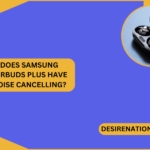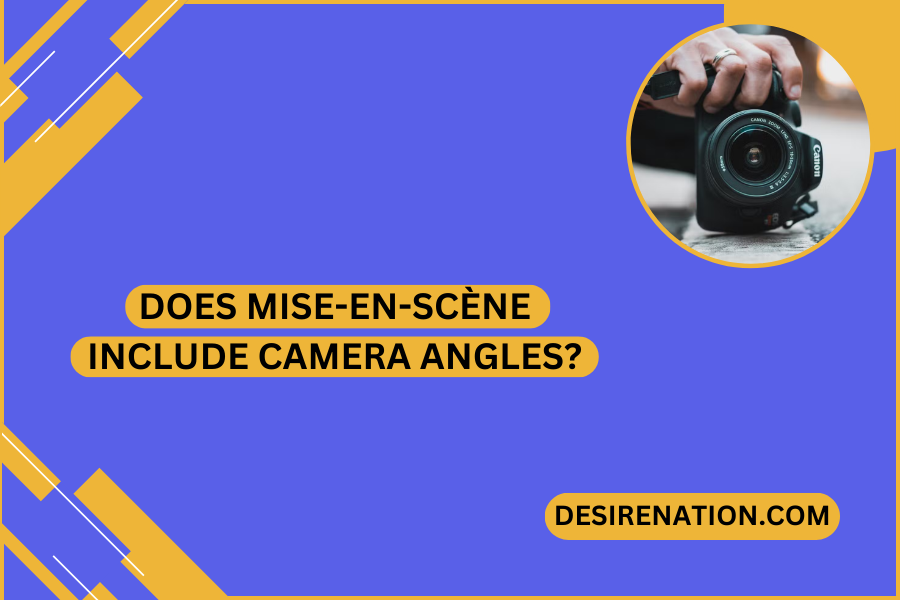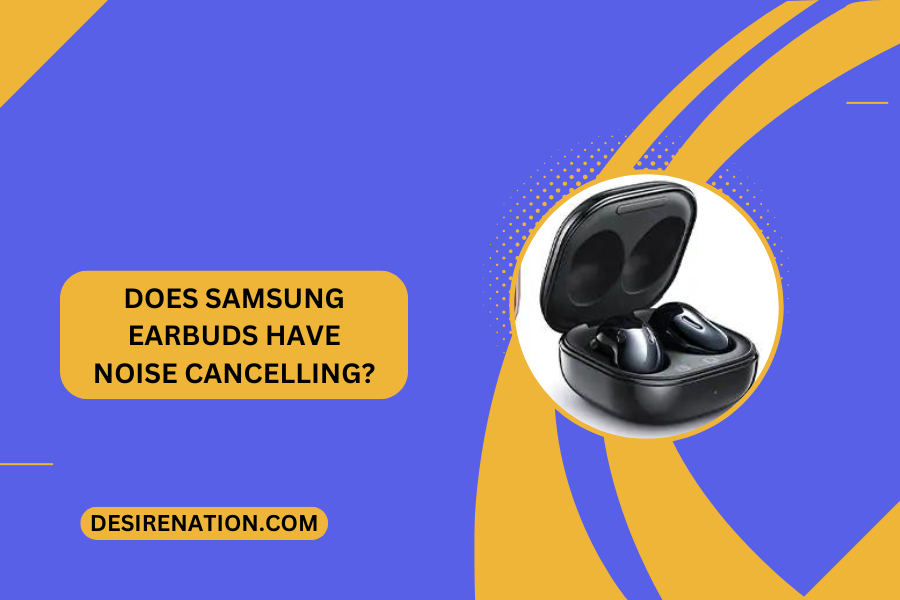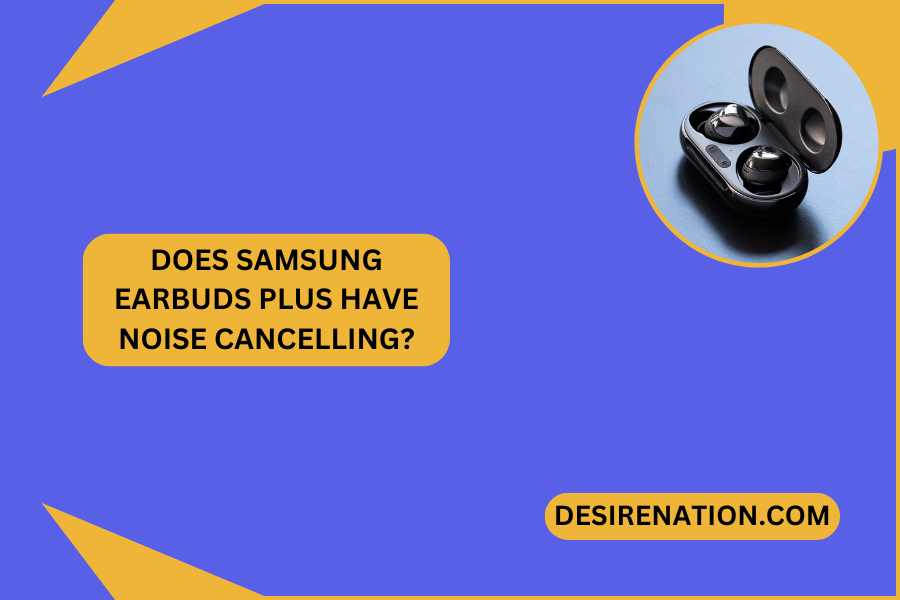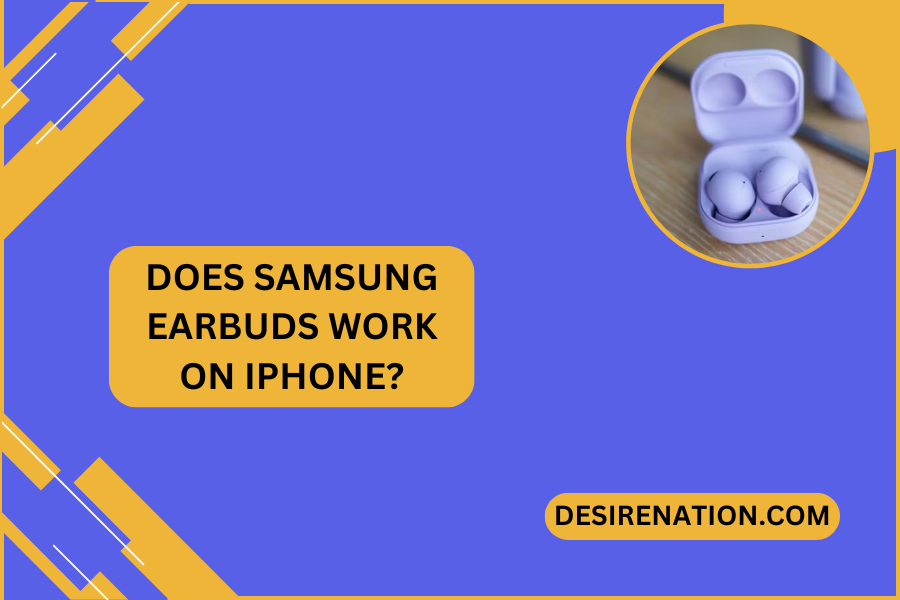Mise-en-scène is a term often associated with filmmaking and theater and is commonly used to describe the overall visual and aesthetic composition of a scene. It encompasses various elements such as set design, lighting, costumes, and the positioning and movement of actors. One question that frequently arises is whether mise-en-scène also includes camera angles. In this article, we will explore the relationship between mise-en-scène and camera angles to gain a better understanding of their roles in visual storytelling.
Defining Mise-en-Scène
Mise-en-scène, a French term that translates to “putting in the scene” or “placing on stage,” refers to the arrangement of visual elements within a frame or stage. It encompasses several key components:
- Set Design: The physical environment in which the scene takes place, including props, furniture, and architecture.
- Lighting: The manipulation of light sources to create mood, atmosphere, and focus within the scene.
- Costumes and Makeup: The attire and appearance of the actors, which contribute to character development and storytelling.
- Actor Placement and Movement: The positioning and actions of actors within the frame or on the stage, which convey emotions, relationships, and narrative progression.
The Role of Camera Angles
While mise-en-scène primarily focuses on elements that are physically present within the scene, camera angles are a separate but closely related aspect of visual storytelling. Camera angles refer to the perspective from which the scene is filmed, and they play a crucial role in shaping the viewer’s perception and understanding of the story. Common camera angles include:
- Eye-Level Shot: The camera is positioned at the same height as the characters’ eyes, creating a natural and relatable perspective.
- High Angle Shot: The camera is positioned above the subject, looking down on them. This angle can make a character appear vulnerable or insignificant.
- Low Angle Shot: The camera is positioned below the subject, looking up at them. This angle can make a character appear powerful or imposing.
- Dutch Angle (Tilted Shot): The camera is tilted on its axis, creating a slanted or skewed perspective. This angle can convey disorientation or tension.
- Bird’s-Eye View: The camera is positioned directly above the scene, offering an aerial view. This angle can provide a sense of overview or detachment.
The Relationship Between Mise-en-Scène and Camera Angles
Mise-en-scène and camera angles are interconnected but distinct aspects of filmmaking. Mise-en-scène focuses on what is physically present within the frame and how those elements are arranged and manipulated to convey meaning and emotion. Camera angles, on the other hand, determine how the audience perceives and interprets those elements.
In practice, directors and cinematographers carefully coordinate both mise-en-scène and camera angles to create a cohesive visual narrative. For example, the lighting and set design chosen as part of mise-en-scène can be accentuated or subdued by the camera angle selected for a particular shot. Likewise, the placement and movement of actors within the scene can be complemented or contrasted by the camera’s perspective.
Conclusion
While mise-en-scène and camera angles are distinct concepts in filmmaking and theater, they are intrinsically linked in the creation of a visual story. Mise-en-scène encompasses the physical elements present within a scene, while camera angles determine how those elements are perceived by the audience. Both aspects are essential tools for filmmakers and directors to convey emotion, meaning, and narrative in a cinematic or theatrical production, and their synergy results in powerful storytelling.
You Might Also Like These:
How to Use a Nikon Camera as a Webcam


